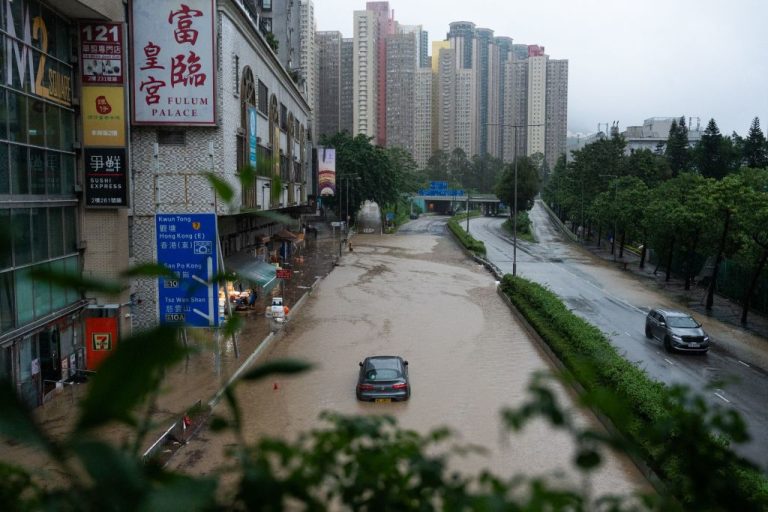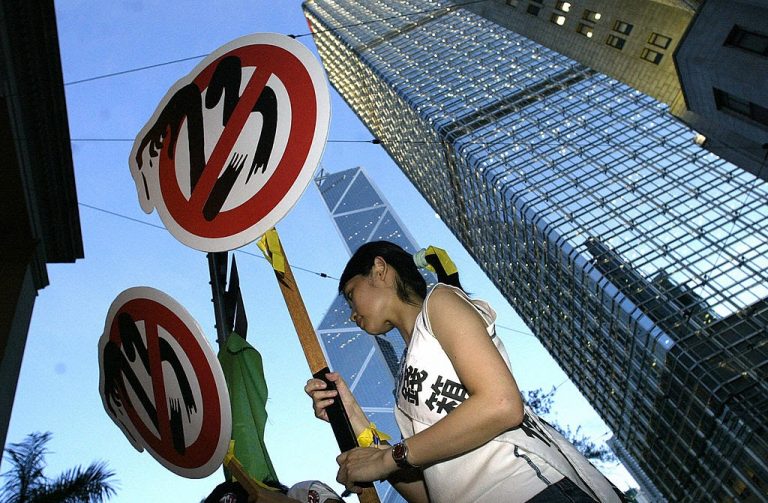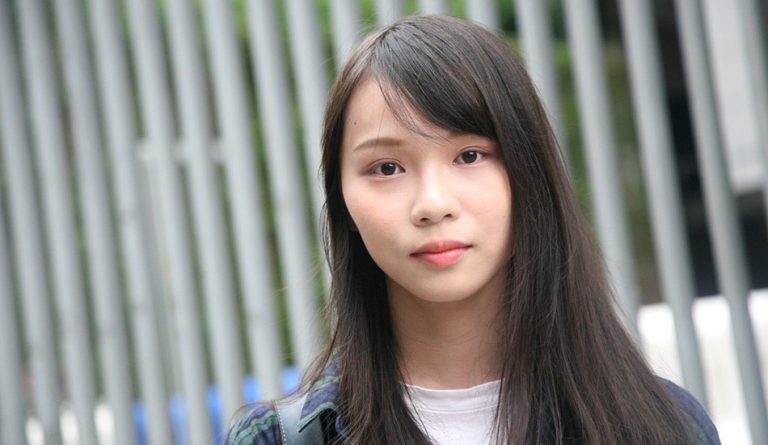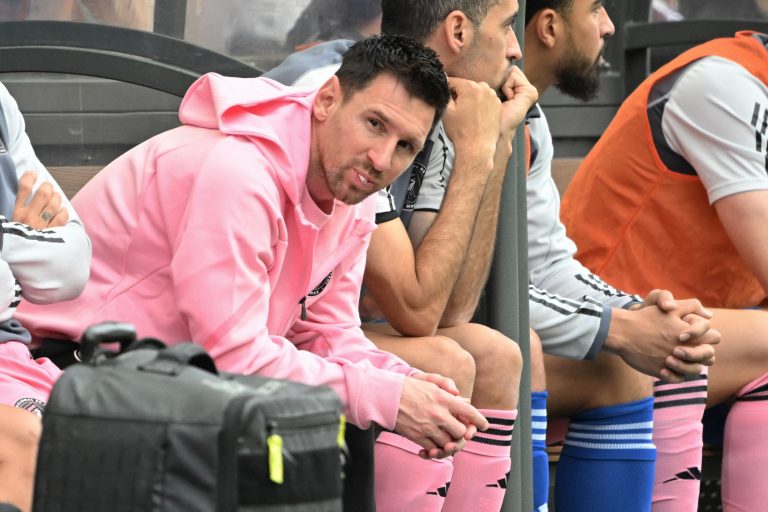In the early hours of Sept. 8, the highest hourly rainfall ever recorded since 1884 deluged the port city of Hong Kong between 11 p.m. and midnight Thursday evening. The relentless rainfall, which was measured at around 6.2 inches per hour, led the city’s Observatory to issue its longest black rainstorm warning, stretching over 12 hours.
To provide a historical perspective, the previous record-holder for such an alert was set in 1999 and lasted for only five hours and 47 minutes.
By 3.40 p.m. the following day, the black warning was downgraded to amber and by 4:44 p.m., all signals had been canceled, according to a report by The South China Morning Post (SCMP). Still, more than 130 individuals had to be hospitalized in connection to the floods.
In China and Hong Kong, a three-color tier system is used for weather alerts to signify the severity of meteorological events such as heavy rains, floods, and major disruptions. The system comprises three levels: amber, red, and black.
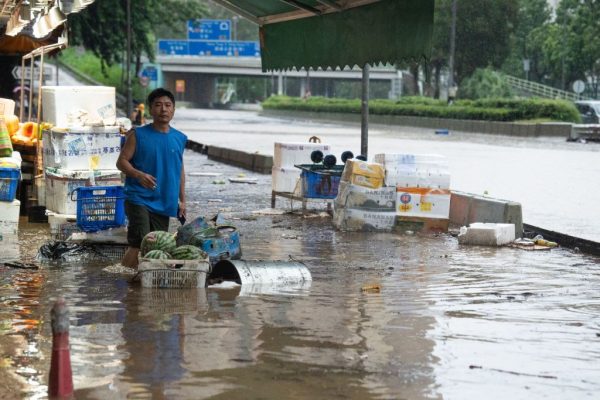
MORE ON EXTREME WEATHER AROUND THE WORLD:
- Maui Wildfires Claim Over 110 Lives, Leaving Thousands Homeless as Rescue Efforts Continue
- Major Floods Strike Northern China, Killing 20 and Causing Widespread Destruction
- Typhoon Talim Sideswipes Hong Kong, Slams into Southern China
- Typhoon Khanun Makes Bizarre 90-degree Turn Towards Korea, Threatening Northeast China
City comes to a standstill
Still, the effects of the torrential downpours were felt everywhere in the city. At Hong Kong’s Stock Exchange & Public Services, trading was suspended for the day and public services including border control points, city immigration offices, public clinics, and postal operations, were brought to a halt.
Success
You are now signed up for our newsletter
Success
Check your email to complete sign up
Meanwhile, the city’s main transportation provider, MTR Corporation, halted services between Shek Kip Mei and Choi Hung due to flooding near the Wong Tai Sin section of the Kwun Tong line. Despite the disruption, they couldn’t provide shuttle buses due to the extreme weather conditions. Bus services also took significant hits with Long Win Bus and Citybus suspending nearly all routes due to extended delays.
Kan Hok-hei, KMB’s head of corporate communications and public affairs, reported more than 20 buses immobilized due to the heavy rain and floods. Yet, he remained optimistic about resuming limited services as weather predictions hinted at possible improvements by later in the day.
Government response under scrutiny
Chief Executive John Lee Ka-chiu, who made two social media posts urging the public to prioritize safety during the storm, faced backlash over what many perceived as inadequate official response — a stark difference from the city’s proactive measures against Super Typhoon Saola just a week prior.
RELATED: Incoming Hong Kong Leader John Lee Strengthens Xi’s Authority Over City
Following the government’s response, many users took to social media to voice their frustrations. “Not everyone was on Facebook. Why wasn’t even an SMS (text) sent to residents in this kind of situation?” said one netizen, while another added, “Is the chief executive sleeping? Are you aware of the severe flooding [happening] out there?”

Following the backlash, Eric Chan Kwok-ki, Hong Kong’s second highest official, addressed local media and shared details about the “coordinated efforts” led by the Security Bureau amid increasing demands for clarity on the lack of public warning.
Videos making rounds on social media painted a grim picture: streets transforming into rushing rivers, citizens ensnared by flooding, and an inundated underground railway station. The Eastern district on Hong Kong Island was among the most affected, with a particularly shocking scene showcasing water pouring into a bus near Chai Wan Road, leaving passengers wading through ankle-deep water.
Future preparations and warnings
The Observatory had already noted that the northern part of Hong Kong’s new territories, such as Sheung Shui, Ta Kwu Ling, and the Sha Tau Kok, had been severely impacted by flash floods. They further cautioned that the deluge could cause “persistent road flooding and traffic jams.”

On Sept. 8, meteorologists anticipated “intense rain and thunderstorms” developing over the southern region of the Pearl River Delta and were gradually shifting towards Hong Kong due to a trough of low pressure.
While the city remains on high alert — various departments — encompassing the District Office (North), drainage services, police, fire services, water supplies, and social welfare, have been briefed on the water release plan and ensured that “necessary measures were in place” to counteract any other weather-related issues.



